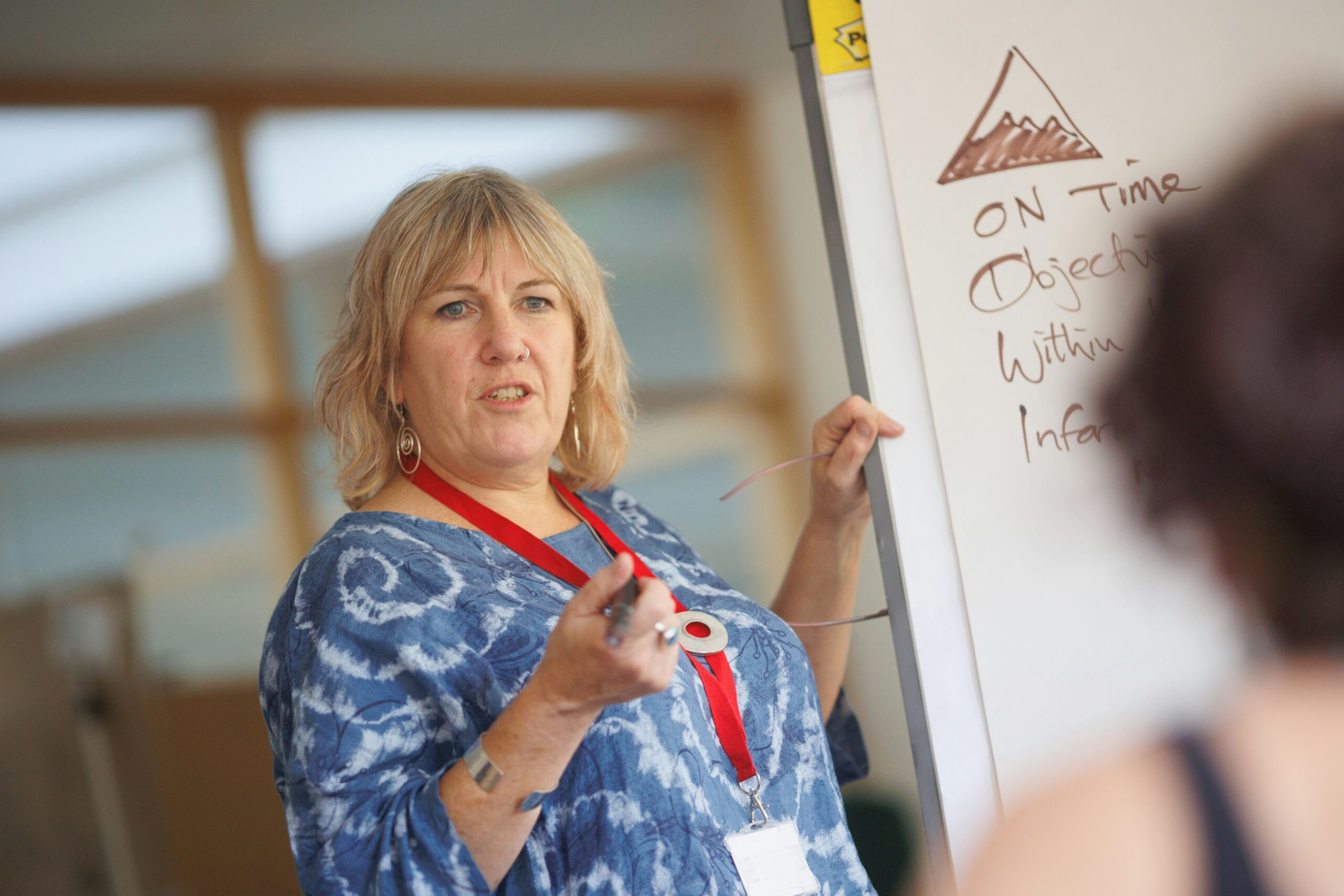The Maine Early Learning Investment Group
Innovative Teaching Methods: Embracing Digital Tools in the Classroom
The Evolution of Teaching Methods
Traditionally, teaching methods have relied heavily on lectures, textbooks, and paper-based assignments. While these methods have their merits, they often fall short in catering to the diverse learning styles of students. With the advent of digital tools, educators now have the opportunity to create a more dynamic and interactive learning environment.

Benefits of Digital Tools in Education
Enhanced Engagement: Digital tools can make learning more interactive and enjoyable. For example, multimedia presentations, educational games, and virtual labs can captivate students' attention and make complex science topics more accessible.
Personalized Learning: Technology allows for personalized learning experiences tailored to individual students' needs. Adaptive learning software can adjust the difficulty of lessons based on a student's progress, ensuring that they remain challenged but not overwhelmed.
Collaboration and Communication: Digital platforms facilitate collaboration among students. Tools like Google Classroom, Microsoft Teams, and various educational apps enable students to work together on projects, share ideas, and provide feedback in real-time.
Access to Resources: The internet provides an abundance of educational resources. Students can access up-to-date information, virtual libraries, and online courses that complement their classroom learning. This is particularly beneficial for exploring science topics, where current research and data are crucial.
Digital Tools for Innovative Teaching
Interactive Whiteboards
Interactive whiteboards (IWBs) have become a staple in modern classrooms. These devices allow teachers to display multimedia content, write and draw interactively, and engage students in various activities. IWBs can bring science topics to life by enabling teachers to demonstrate experiments, visualize data, and explore simulations.
Educational Apps and Software
There are a plethora of educational apps and software designed to enhance learning. For example, platforms like Khan Academy, Quizlet, and Duolingo offer interactive lessons and practice exercises in various subjects, including science topics. These tools can help students reinforce their understanding and practice skills at their own pace.
Virtual and Augmented Reality
Virtual Reality (VR) and Augmented Reality (AR) are cutting-edge technologies that can create immersive learning experiences. VR can transport students to different environments, such as historical sites or the inside of a cell, providing a deeper understanding of science topics. AR can overlay digital information onto the real world, making abstract concepts more tangible.
Flipped Classroom Model
The flipped classroom model reverses the traditional teaching approach. In this model, students watch instructional videos or complete readings at home, and class time is dedicated to hands-on activities, discussions, and problem-solving. This approach allows students to engage with science topics at their own pace and apply their knowledge in a collaborative setting.
Learning Management Systems (LMS)
Learning Management Systems like Moodle, Blackboard, and Canvas provide a centralized platform for managing coursework. Teachers can upload assignments, create quizzes, and track student progress. LMS platforms also facilitate communication between teachers and students, making it easier to provide support and feedback.
Online Collaborative Tools
Tools like Google Docs, Padlet, and Trello enable students to collaborate on projects in real-time. These platforms support teamwork and allow students to contribute from anywhere, fostering a sense of community and collaboration. For science topics, students can use these tools to conduct research, analyze data, and compile their findings.
Implementing Digital Tools in the Classroom
Successfully integrating digital tools into the investment classroom requires careful planning and consideration. Here are some steps educators can take to ensure a smooth transition:
Assess Needs and Goals: Determine the specific needs of your students and the goals you aim to achieve with digital tools. This will help you select the most appropriate technology for your classroom.
Start Small: Begin with a few digital tools that are easy to implement and gradually expand as you become more comfortable. This approach prevents overwhelming both teachers and students.
Provide Training: Ensure that both teachers and students receive adequate training on how to use the new tools. This might include professional development workshops for teachers and introductory sessions for students.
Encourage Collaboration: Foster a collaborative environment where students can work together and support each other in using digital tools. Peer learning can be highly effective in technology adoption.
Evaluate and Adjust: Continuously evaluate the effectiveness of the digital tools and make adjustments as needed. Collect feedback from students and monitor their progress to identify areas for improvement.
Overcoming Challenges
While digital tools offer numerous benefits, there are also challenges to consider. These include:
Access and Equity: Not all students have access to digital devices and high-speed internet. Schools must address these disparities to ensure that all students can benefit from digital tools.
Technical Issues: Technology can sometimes fail, causing disruptions in the learning process. It's important to have contingency plans and provide technical support to minimize these issues.
Digital Literacy: Both teachers and students need to develop digital literacy skills to effectively use technology. Ongoing training and support are essential to building these competencies.
Conclusion
Embracing digital tools in the classroom is not just about keeping up with technological advancements; it's about enhancing the teaching and learning experience. By integrating innovative teaching methods and digital tools, educators can create a more engaging, personalized, and collaborative learning environment. This is particularly impactful for complex subjects like science topics, where interactive and immersive tools can make a significant difference in student understanding and interest. As we continue to navigate the digital age, the role of technology in education will only become more crucial, making it imperative for educators to stay informed and adaptable.